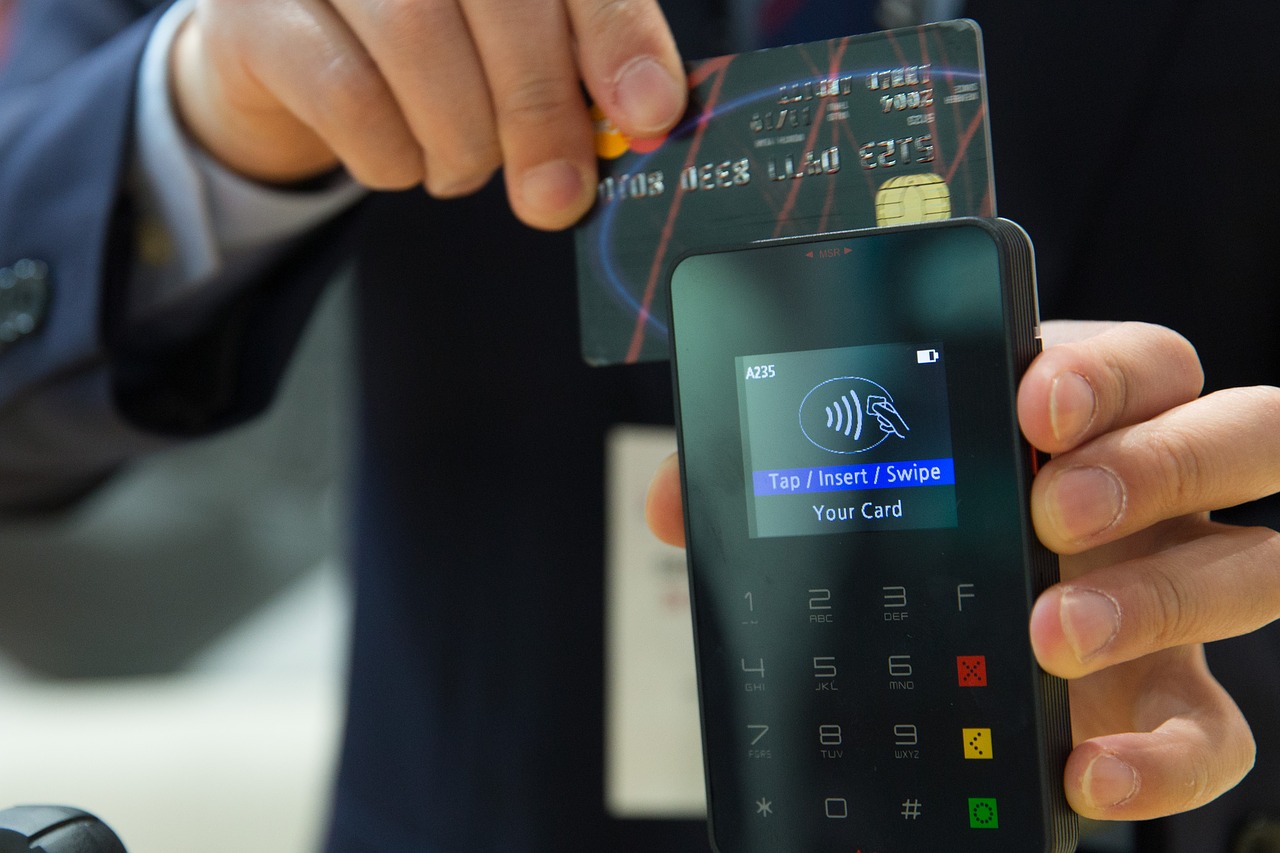The digital revolution in the Retail world is changing not only the way consumers make decisions, but also the way they make purchases.
Technologies are in fact influencing the entire process: from where purchases are made to means of payment.
Companies in the sector must promptly adapt to these changes to avoid losing those customers who, even if loyal to a Brand, may be more attracted to the Customer Experience offered by a competitor who uses innovative technological solutions.
But what are the technologies that are changing the way we buy?
Payments with Devices
Smartphones are the way consumers prefer to make purchases, and not only when it comes to e-commerce, where mobile transactions far exceed transactions on desktop computers, but also in the case of in-store payments, made without cash or cards.
The convenience for the customer to manage many aspects of daily life with a smartphone, including payments in store, is not to be underestimated.
The technology and concept behind this seamless method of payment is becoming more prevalent and extending to other devices, such as smartwatches.
Payments with Wearables
It is quite possible that there will be a future when we will also be able to make transactions with wearable devices. As an example, for the upcoming Winter Olympics, which will be held in Pyeongchang in South Korea in 2018, the Visa Company is integrating a system that will allow users to pay by means of gloves, stickers and wearable pins.
At the moment these devices seem to be the preferred solution particularly at events; however, with more widespread use by the average consumer, technologies may be developed to also support these payment methods in stores.
Self-Check-Out Tills
You go to a store, do your shopping and use a reader to read the codes or scan the barcodes yourself at a self-check-out till: this method has already become widely available in-store, not just in supermarkets, and is also much appreciated by the consumer.
Click and Collect
It is now no longer necessary to go shopping in a store: with the advent of the Internet, more and more people prefer the convenience of the e-commerce channel.
However, click and collect is also very popular, providing the opportunity to buy a product online and then pick it up in-store.
What are the Advantages of these Technologies?
Being able to enter a store and buy and pay quickly is increasingly important for consumers and for a sector that is increasingly focusing on omni-channelling. The solutions described above allow the consumer with limited time to choose to buy only online but still visit the sales point.
In this way, the store can save on staff management costs and increase the loyalty of its customers who, as they appreciate the simplicity and speed of making purchases, will very likely return to the same point of sale or chain.
A satisfied customer is essential for the image of a Brand as there is a high probability that the customer will decide to share his or her impressions on social networks or within communities, and write positive reviews on the web or recommend the Brand to friends.
Finally, we must not forget that, thanks to these solutions, it is possible to collect more data and information on the customers.
What Happens after Purchase?
For companies, the process of gaining the loyalty and grabbing the attention of the consumer starts all over again, to encourage the consumer to buy their products and services through them or third parties, with proximity marketing strategies and the sending of advertisements and personalised offers.
The consumer who has had a good Customer Experience and is satisfied with what he or she has bought, is far less likely to turn to another company for the same product or service.
This means it is essential for the company to monitor the technologies that are used at the physical store and not just its online presence.
All the technologies we have described seem to be mainly about optimising the experience at the point of sale; however, there are also other technologies that are being developed and which are currently less widespread, such as the phasing out of barcodes and the introduction of scanners able to identify all the products in a trolley in just a few seconds, allowing customers to still see a check-out assistant but without wasting undue time in long and slow queues.
Sources: Pixabay


